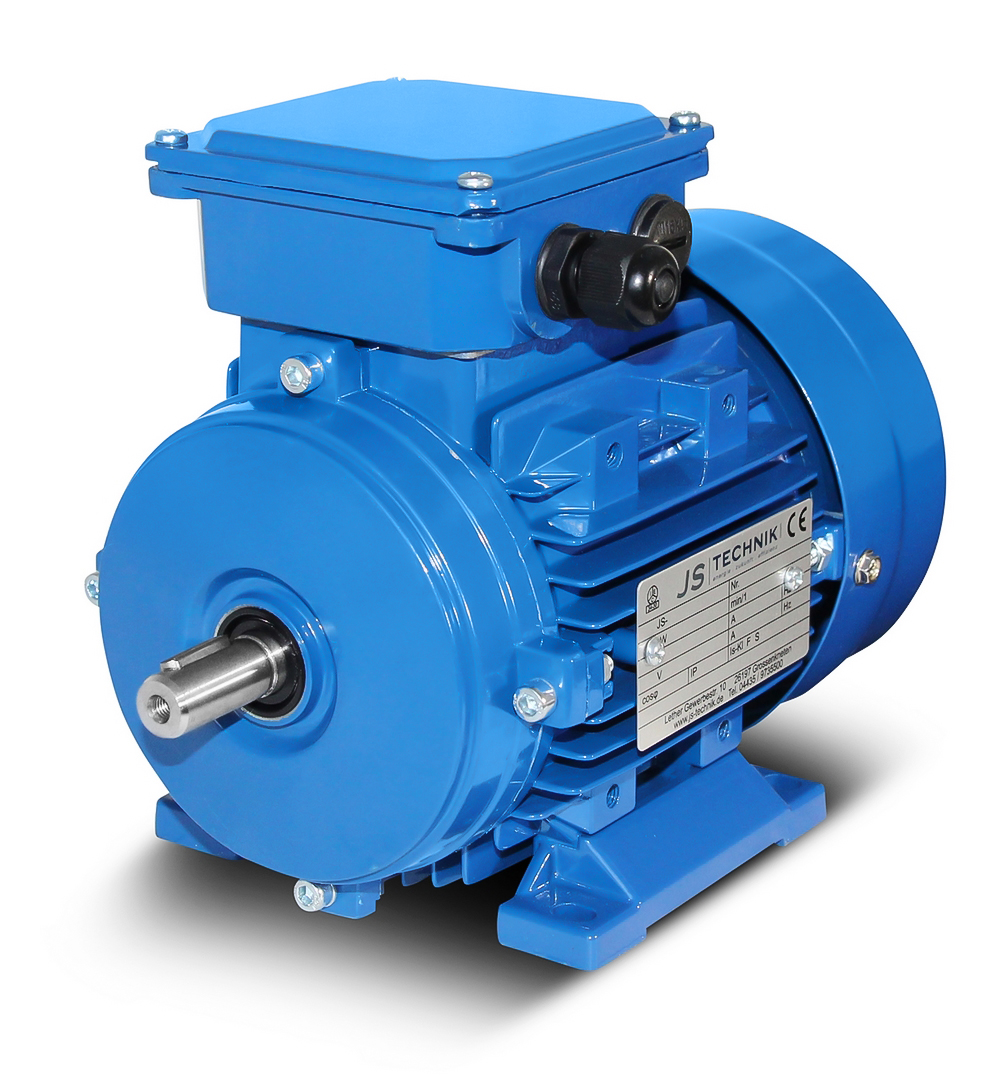Efficiency and efficiency
Technologically outdated electric motors lead to increased energy consumption. In 1998, a voluntary agreement was reached between the European Electric Propulsion Sector Committee CEMEP and the European Commission. In this now outdated agreement, three efficiency classes were defined:
EFF3 = low efficiency motors
EFF2 = motors with improved efficiency
EFF1 = motors with increased efficiency
Efficiency classes of electric motors
In 2009, a new global standard for efficiency classes (EN 60034-30:2009) was introduced. The following efficiency classes for low-voltage three-phase asynchronous motors in the power range from 0.75 kW to 375 kW apply today:
IE1 = standard efficiency (comparable to EFF2)
IE2 = High efficiency (comparable to EFF1)
IE3 = Premium efficiency
IE4 = Super Premium (> 97% realized)
IE5 = Ultra Premium
Since June 16, 2011, unregulated motors (0.75–375 kW) may only be placed on the market with power class IE2 or higher. The proportion of highly efficient engines is to be steadily expanded.
Current efficiency
Since July 1, 2021, unregulated three-phase asynchronous motors (0.75–375 kW) may only be placed on the market from performance class IE3.
From July 1, 2023, unregulated three-phase asynchronous motors (75 kW - 200 kW) may only be placed on the market from performance class IE4.
SEO= Efficiency and efficiency. Three-phase motors with high efficiency.

